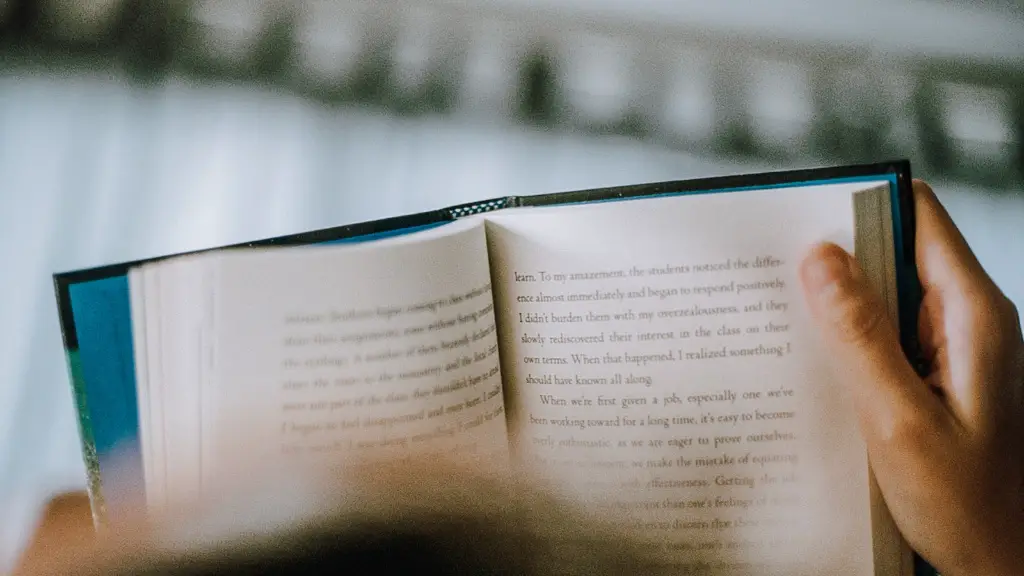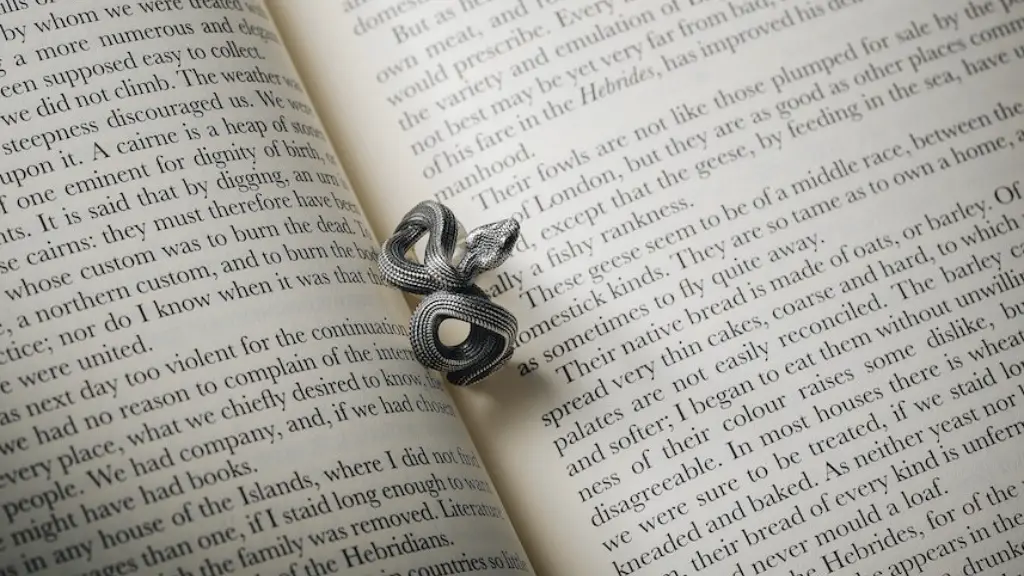Poetry can take on many forms, making it an incredibly diverse, dynamic and often fascinating medium. Despite its age-old roots, many people today still found poetry to be pertinent and interesting, which comes down to its potential to evoke a range of emotions and evoke images that last far longer than words normally could. Indeed, it is this quality that has caused individuals across many cultures and times to continue to be inspired by it.
When considering what makes poetry interesting, one must first consider its celebrated literary value. Throughout time, poetry has been used as a medium for expressing a wide range of ideas, emotions and messages, and can be viewed as far more than mere works of literature. Essentially, its emotive nature serves to create an inimitable atmosphere, whether it be sorrowful, inspirational or philosophical. By providing a visual representation of our inner thoughts, it is a unique form of communication that stands out from other forms of art. This makes it a powerful channel of expression, enabling us to reflect on something’s meaning and importance in ways that might not be possible with other forms of literature.
It is this special characteristic of poetry that makes it an incredibly evocative form of literature. Through its use of cadence, alliteration, metaphors, similes and hyperbole, poetry has the capacity to generate an intense emotional response in its reader, allowing us to interpret our life experiences and emotions in a unique and engaging way. Furthermore, poetry can often create a sense of nostalgia, connecting us to specific memories, moments in time and our surroundings. This is because poetic language transcends boundaries, making us question our surroundings and interpret the world in new and interesting ways.
Poetry can also provide an in-depth look at personal insights on life, love and death. By using rhyme and meter, stories, characters and details can be woven together to create a narrative that speaks to our life experiences and emotions, helping us to unpack difficult times and navigate through life’s ups and downs.
Finally, the versatility of poetry makes it an incredibly engaging form of communication. It can be used in a range of styles, from the traditional “sonnet” verse to more creative takes on visual art forms like art installations, street graffiti and spoken-word writing. This allows poets to reach a new audience, encouraging them to be creative and think outside the box.
Exploring Meter
The structure of a poem is often based on meter, which refers to the rhythm of the language and the way that words are arranged and stressed. Although meter is not essential for every poem, it adds a layer of beauty and expression to a poem by creating a certain sound and pattern that brings life to the words. By mastering the basics of meter, poets can use the form to their advantage to help promote the message of their poem and evoke the emotions they want to convey.
Meter can be divided into two main categories: quantitative meter, which is based on how long syllables are held in speech, and accentual meter, which is based on how many stresses or syllables a line has. There are many different types of meters, such as iambic pentameter, dactylic hexameter and anapestic tetrameter, which each involve their own combination of syllables and stresses. Knowing and mastering these various forms of meter can help poets find their own writing style and create strong rhythm and flow in their poem.
Exploring Literary Devices
Rhyme and rhythm are often associated with poetry, but there are many more literary devices that poets use to bring life to their work. Alliteration, assonance and consonance are all common, but poetic devices such as metaphor, simile, imagery and personification can also be used. By incorporating these devices into poems, writers can create vivid imagery and bring greater depth to their work.
For example, metaphors can be used to draw a direct comparison between two objects without directly stating it. They are a great tool for conveying a message, and can help to illustrate concepts in a poetic way. Similes, on the other hand, are used to compare two unlike things using the words “like” or “as”, and can be used to provide a more vivid description of a situation or person. Imagery can also be used in poetry to convey a certain feeling or mood, as well as create a scope and depth to the poem. By utilizing these poetic devices, poets can create powerful and evocative works of art.
Interpreting Poetry
Poetry is often seen as a form of personal expression, and it is often up to the reader to interpret the work according to their own experience and opinions. This means that different readers can experience the same poem in various ways. Additionally, the message and imagery of a poem may change over time, meaning that one poem can have multiple interpretations.
By reading and interpreting poems, we can explore our own emotions and gain a deeper understanding of the world around us. Through its ability to connect with our emotions and perspectives, poetry has a unique power to provide comfort, inspire thought and change our viewpoints.
Conclusion
Poetry is an incredibly powerful art form, and its potential to evoke emotion, create vivid imagery and explore difficult topics makes it an incredibly interesting and engaging medium. By exploring the unique traits of poetry such as meter, literary devices and interpretation, we can collectively better appreciate and understand the form, and use it to better comprehend our surroundings and come to terms with our life.



